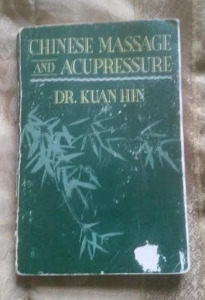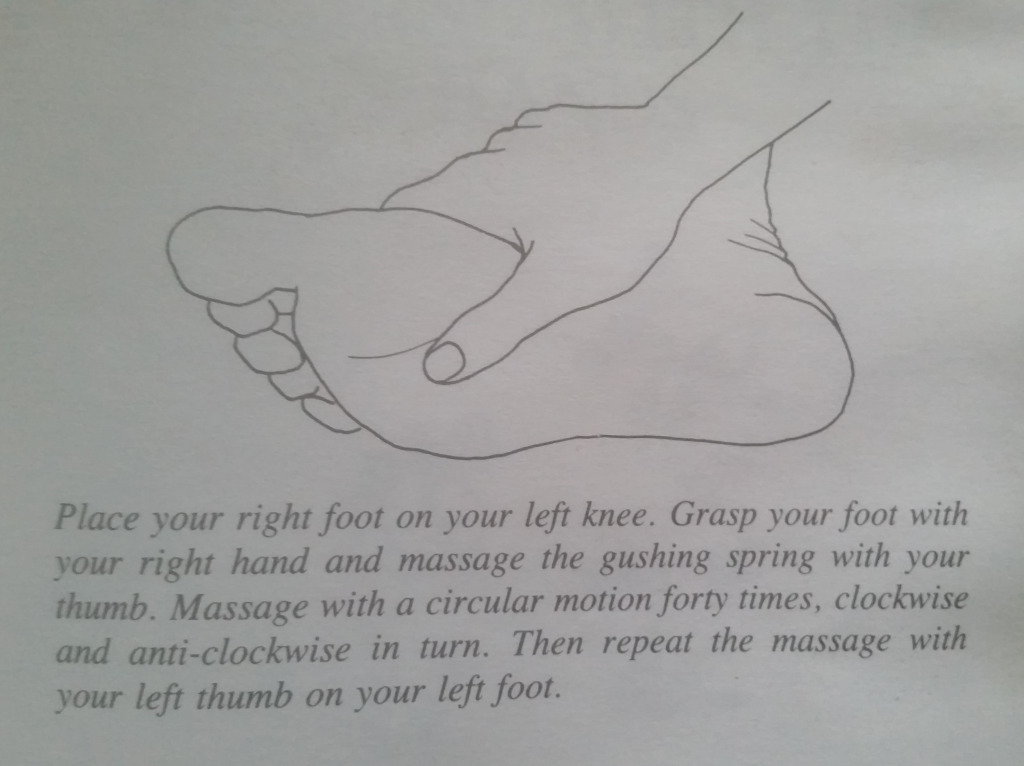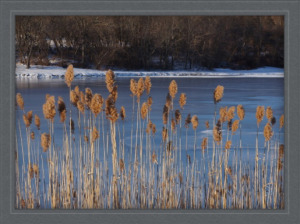The “Re-Mind”
― Rumi
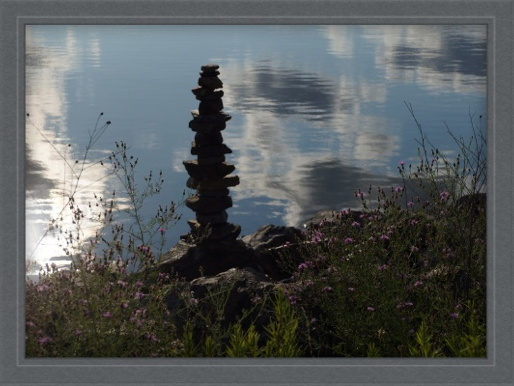
Remind essentially means to cause you to remember
As you go through the process of change there will be times when something or someone from a past event or experience will trigger a “re-mind” that will bring into your full consciousness emotions connected to that time in your life that you thought you had let go of, but you find yourself in a flood of emotion.
Letting go does not necessarily mean forgetting or removing all the feelings of something you experienced. Your experiences and memories and the emotions that accompany them–be it fear, anger, sadness, love, happiness, etc., are the fabric of you. All your experiences and emotions are the pieces of you that are sewn together. And as imperfect as they may seem at times, this imperfection is the beauty of you.
When the triggers bring you back in time and stir up negative emotions do not despair or think that you have fallen down or have taken steps backward in letting go or moving on.
Sometimes they come back because you may still need to navigate or work through them or re-experience them to find closure. Sometimes it is your mind and soul reconciling. Sometimes it is a reminder of your strength–a “re-mind” of what you have survived, what you learned or how you have grown. These “re-mind” times can be profound and even quite emotional. When they happen, you need to let yourself feel the emotions and take time to reflect on them–to think about the meaning of what you are feeling in the current place your are at. Move through them. Be kind to yourself and accept and embrace the “re-mind” as something that is happening to help you–to grow and evolve.
As you think about moving on or letting-go–what you are moving on from or letting go of will always be in the fabric of you. You should not try to hide from them or suppress them. A “re-mind” can help you move toward accepting what had happened and to help you find peace. When the “re-mind” presents itself–use your reflection and grounding techniques and know “re-minds” will not hurt you or be a barrier in your change process. They happen as part of the process.
Grounding Yourself
I’m not a teacher, but an awakener.— Robert Frost
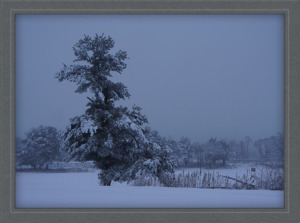
As you work toward learning to love yourself as part of the process of change, I want to talk a bit about grounding and how you can include grounding techniques into your process, and into your daily life.
The concept of grounding or being grounded may have several interpretations and can be quite personal based on experiences, state of mind, life style or values and beliefs. For some it may mean being centered, calm or focused. For others it may mean being in-touch with your sprit or inner-self. And for others it may mean being at peace with yourself, your current circumstances or being connected to your roots or where you came from.
None of these are wrong or right. Grounded means that your energy is firmly planted and you are connected to the earth’s energy. It helps you from being afloat, from your mind wandering or pulling your energy elsewhere.When you are firmly planted or grounded and receiving energy from and giving energy to the earth it helps you be conscious and aware of your Self and to be centered, balanced and aligned with your soul in an earthly, pure sense. The practice of grounding opens you to the universal energy flowing around you and through you. In short, you can view grounding as connecting your body to the earth and the earth’s energy.
There are many practices or techniques that help you with grounding or being grounded that can be worked into your daily routine. For many any contact with nature or being outside helps bring them to a grounded state — be it walking barefoot in the sand or grass, a walk through the woods or on the beach–or spending time in your own backyard or a park–standing firmly and feeling the breeze and sun, etc. It includes mindful breathing–breathing that draws from the outside to inside the body.
Grounding can be done any time, any place and anywhere. A technique I would like to share with you is one where you imagine yourself as a strong tree. To help you, I have put the technique into a list of six steps.
- Stand firmly with your back straight and your feet about hip width apart, your arms relaxed at your side
- Feel the support of your toes, heals and insteps of your feet
- Close your eyes and visualize yourself as a strong tree
- Imagine roots coming from the bottom of your feet into the ground to firmly tie you to the core of the earth
- As you do this, breath slowly and deeply, being conscious of your breaths. Sometimes it helps to count your breathing. Slowly breath in to a count of four, hold your breath to the count of four, and then slowly exhale to the count of four
- As you breath in, feel the energy coming up from the earth through your rooted legs into your body and as you exhale flow back any excess energy back down to the earth
There is no set time for how long you should do a grounding technique. The key is not to rush it or feel rushed when you do it. It’s best to be focused and calm–so sometimes a grounding “warm up” can help, such as taking a brief walk, sitting quietly, listening to music, etc. I hope you find this technique helpful, and as always I look forward to hearing from you on what techniques you may use for grounding.
Acupressure – Daily Self-Massage
It was probably at least 15 years ago I walked into an oriental type outfitted booth at a large flea market that I found a very interesting green colored book by a Dr. Kuan Hin called Chinese Massage and Acupressure. It intrigued me right away and I picked it up. Being a martial artist and interested in health, massage, acupuncture and the like I started reading the first few pages.
The book delves in to the basics of Chinese Medicine, massage and acupressure, which is also called Inhoa. Inhoa means Silver Flower, and specifically is the name given by Dr. Hins’ ancestors to the method of preventing or healing that has been handed down from generation to generation. What really got me interested is that this field is ideal for an introduction to self-treatment with regards to both preserving and restoring one’s health. I am a firm believer that we should take responsibility for all aspects of our lives and that especially includes our health.
In this respect I read that it required only rudimentary knowledge and no kind of equipment and is entirely safe… sounded good to me! The basis for using this healing art is the regulation of the energy flows that occur throughout the body. Energy is life’s fuel and it nourishes us. So when damage is done, this can impede the flow leading to an energy imbalance which can set off disorders and ultimately cause disease.
Prevention, I found out is the very core of Chinese medicine. It is also effective in treating acute or chronic conditions as well. There is not enough room to go into much more detail here (and honestly I would be doing it a disservice if I did), but I started using the Inhoa acupressure massage techniques, or The eight wonders of Chinese massage as put forth in the book that first day I brought it home.
What really intrigued me the most as I flipped through it, was that it gave a great introduction and background into this amazing healing art, how and why it works in theory, and was full of practical pictures and applications which I could use right away… and yet it was concise and not overwhelming. This was especially true of the primary acupunture points or the 12 points of Master Ma that are covered and the corresponding meridians and effects.
I to this day practice the self-massage (or dry baths as they are also called) every morning upon waking after I do my warm up exercises and stretches and also do a shorter session before I go to bed. The interesting thing I find is that it helps to wake my body up so to speak in the morning and at night it relaxes me and helps me fall to sleep. If I don’t do them which happens on occasion unfortunately, I actually feel the difference and not quite right. It has become an enjoyable ritual for me.
These dry baths help boost the immune system because they stimulate the circulation of the blood and ensure proper irrigation of the organs. I’ll massage various different acupoints through out the day as needed. I especially like to administer acupressure on myself to help relieve stress and generally to promote a sense of well-being.
This is done usually by pressing in and massaging with my fingers steadily in clock-wise and counter-clockwise motions. Acupressure is in a sense, acupunture with out the needles. It is not as precise and effective but a great tool nonetheless and can still have far reaching effects. I can actually feel the energetic difference in each specific area I press and with time you become better and more sensitive to it.
I will include here one of my favorite massages mentioned in the book – The Massage of the Gushing Spring or Yongquan. It is the name given to the first acupoint on the kidney-meridian running from the sole of the foot along the inner side of the leg over the belly to end under the shoulder blade. This point has many uses both preventative and therapeutic that extend far beyond the local area. It prevents nephitis and strengthens the liver and eyes. It relieves abdominal pains, combats coughing, hoarseness and sore throat and has a sedative effect in case of palpitations or distress.
For our massage purposes, we use the gushing spring to activate the circulation of the blood and prevent vascular disorders including cramps in the calves. It is especially good to promote circulation for cold feet. After I massage this point I feel a release throughout my foot and a general sense of well-being. I highly recommend also massaging the entire bottom of the foot using an upward pressing motion up from the heel to the balls of the foot to enhance the massage. Here is the illustration from the book:
We will touch more upon other acupressure and massage techniques in the future. I encourage you to look further into using self-massage techniques and acupressure if you haven’t already done so. Maybe you can add another healthy ritual in to your day like I did… it is truly a great way to enhance your health and become more in tune with your body.
Love Thy Self
Building on our focus on change and change starts from within, this month we will start a series on building blocks that can help you through your journey of change.
As we find ourselves in the first week of February. The month of love. And what better building block to talk about then love and learning to love yourself.The change that comes from within you will put you on a path to taking some deep dives into your emotions and what is triggering your or inspiring your desire to change. This will inevitably have you face things you like or love about yourself and things you may not like so much about yourself.
And it’s human nature to focus on the negative vs the positive. Most of us have been conditioned to focus on the things for improvement, the “weaknesses, where we could do better or need to make significant improvements. It is quite rare that we focus or take time to think about and focus on what we do well, our strengths and what we like about ourselves. Sometimes–and all too often, what we like about ourselves gets lost or sidelined. It’s important to take stock of what you like–and love–about yourself. And embrace it and keep it with you at all times.
Some refer to this as self-love. It’s difficult for most of us since we live in a world where this may be considered selfish. But is is not. Think about it. Self love is your personal human right, and a gift to you and others. When you can truly love yourself you move to a place where, yes, you may feel sad or disappointed that someone may not like what you did, what you said, etc., but you can accept that is their choice.
You are giving or doing without expectation. This is quite freeing and has such a positive effect. It helps you move through your experiences of life and your transformation since it helps you let go of things easier and gives you the ability to move on to new discoveries and opportunities.
Self love starts with self reflection and making a commitment to love and accept yourself. Seeing yourself with a fresh set of eyes, with self awareness and love, and learning to love yourself is a journey and an ongoing process. It is a mindset change and there are things you can do to help. These include meditation, journaling, positive self talk, expanding your interests, letting go of negativity, forgiving your past, and taking care of yourself–and accepting where you are now.
Learning to love yourself starts with a conscious decision and an intention. Use February where there will be a wave of collective good intention infused with love to set your intention of self love.



